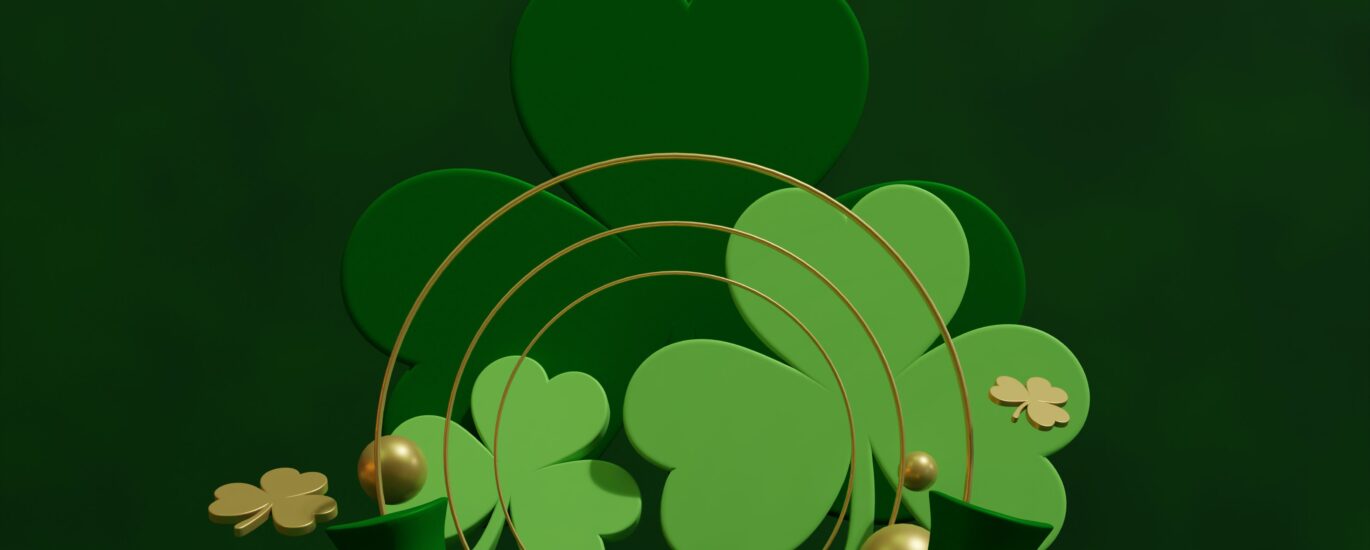We’ve been learning about the origins of St. Patrick’s Day. This is what we’ve learned.
St. Patrick’s Day is a holiday celebrated annually on March 17th, honoring the patron saint of Ireland. It is a day when people from all over the world come together to celebrate the culture and traditions of Ireland. But have you ever wondered about the origins of St. Patrick’s Day?
St. Patrick was a fifth-century Christian missionary and bishop who is credited with converting the pagan Irish to Christianity. While little is known for sure about St. Patrick’s life, it is widely believed that he was born in Roman Britain, kidnapped as a teenager and taken to Ireland as a slave, and later escaped to return to his family. After becoming a cleric, he felt called to return to Ireland to spread the Christian faith.
St. Patrick’s Day began as a religious observance in Ireland to honor the saint’s death, which is believed to have occurred on March 17th, around the year 461. The day was marked by attending church, prayer, and fasting. However, it was not until the 17th century that St. Patrick’s Day became a public holiday in Ireland, thanks to the efforts of the Irish government and the Catholic Church.
Over time, the holiday evolved to become a celebration of Irish culture and heritage. Irish immigrants brought the tradition to the United States, and it has since spread around the world. The first St. Patrick’s Day parade took place in New York City in 1762, and today, parades are held in cities around the world, from Dublin to New York to Sydney.
The holiday is also associated with the color green, which is said to represent the “Emerald Isle” of Ireland. Green is often worn, and green decorations are used to mark the occasion. Shamrocks, a symbol of Ireland, are also commonly associated with St. Patrick’s Day, as legend has it that St. Patrick used the three-leafed plant to explain the Holy Trinity to the Irish people.
In addition to parades and wearing green, St. Patrick’s Day is often celebrated with feasting and drinking. Traditional Irish foods like corned beef and cabbage, Irish soda bread, and shepherd’s pie are popular, as are Irish drinks like Guinness, Irish whiskey, and green beer.
While St. Patrick’s Day has evolved over time, it remains an important day for the Irish people and those who celebrate Irish culture around the world. From religious observance to public holiday to global celebration, St. Patrick’s Day is a testament to the enduring legacy of St. Patrick and the rich cultural heritage of Ireland.
For St. Patricks Day, we’ve designed some fun t-shirts, baby wear and mugs to add to the fun of the day.








